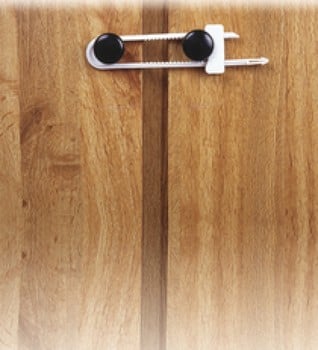Parental Duties: Safe Homes and Meaningful Interactions
A home should be a haven for young children. As the threat of the global pandemic persists, parents must be prioritizing the health of their kids. While younger children are less likely to be primary carriers of the virus, they are still considered more vulnerable groups.
It’s true that the discovery and development of a vaccine have eased lock downs and lifted shelter-in-place measures. This shouldn’t be indicative of parents letting their guards down. As much as possible, allowing children to wander outdoors is still ill-advised. Providing an environment that’s ideal for nurturing your child during these trying times is crucial.
A Child-proofHome
Keeping children safe is a common concern among all parents. As young kids are encouraged to spend long hours indoors, this can also pose higher risks for injuries. Surprising as it may sound, at-home accidents are one of the most common causes of child injury.
With parents experiencing a lot of stress and energy loss due to the pandemic, child protection can often be overlooked. Young children as well, are finding their own ways of coping with the current circumstances.
Being curious and active, kids usually grab, chew, and do all sorts of examinations on various things. There are limitless items scattered around the home that may be a choking hazard or injury-causing. Here are some tips for child-proofing specific areas around your home.
Nursery or Kid’s Room
Young children who have their own rooms to play and explore should be among the safest areas inside a household. These rooms are customized to be child-friendly, but it doesn’t mean that parents should be complacent.
There are still some precautions to take when it comes to designing your child’s own room. For instance, soft home furnishing, like quilted fabrics, should be located around the room’s most frequented area. This will help cushion unexpected falls. There are countless quilt kits with various designs that parents could purchase to match the child’s room’s design.
Toys and other objects should also be kept away from a young child’s reach unless they’re for playing or learning. Always keep these items in secure bins that aren’t easily accessible to kids. Consider covering them with heavy lids as well to ensure security.
Living Room
The living room is where families frequently gather to interact with one another, including young children. One of the primary concerns in this area when it comes to children’s safety is the furniture. Always ensure that the corners are covered to avoid any harm should kids bump into them.
Another good practice is observing things from your child’s perspective. Notice the items that they could easily grab hold of and if these could pose any hazards. If so, consider hiding them or placing them on a higher surface.
Layout and arrangement are also essential elements. Young children often have a habit of climbing and jumping on furniture. Always make sure that none of these are located near any windows or falling objects.
Growth Through Play
At this point in their lives, young children should already be interacting with their friends. This is one of the primary ways in which they can learn while having fun. Unfortunately, the threat of a pandemic has hindered any form of play dates from happening.
The next best thing is for parents to do activities with their kids that are enjoyable and educational. Sheltering-in-place has allowed for more family time with young children. Parents are now able to monitor and actively take part in their child’s development. Regardless of your space’s size, there are plenty ofplay ideas that will stimulate your child.
See and Say
The mechanics of this particular game are fairly simple. You ask your child to point to an object around the house and describe it. They could explain the item’s color, size, etc. This is the easiest way for young children to develop their language skills while strengthening their bond with their parents.
Body Challenge
The body challenge is done by asking your child to do certain actions with their body parts. For instance, challenging them to raise their arms or touch their toes. It’s an ideal game to help encourage them to be more active. This will surely improve their physical coordination while learning about their own bodies.
Development Despite Adversity
Young children primarily explore the world around them through their sensory abilities. This is how they can learn and grow. Provide them with safe spaces without prohibiting their movements. Interact with them, especially since they aren’t able to do so with other young children. Think up fun ways to educate them. The possibilities are endless. The current circumstances of the global pandemic shouldn’t hi




